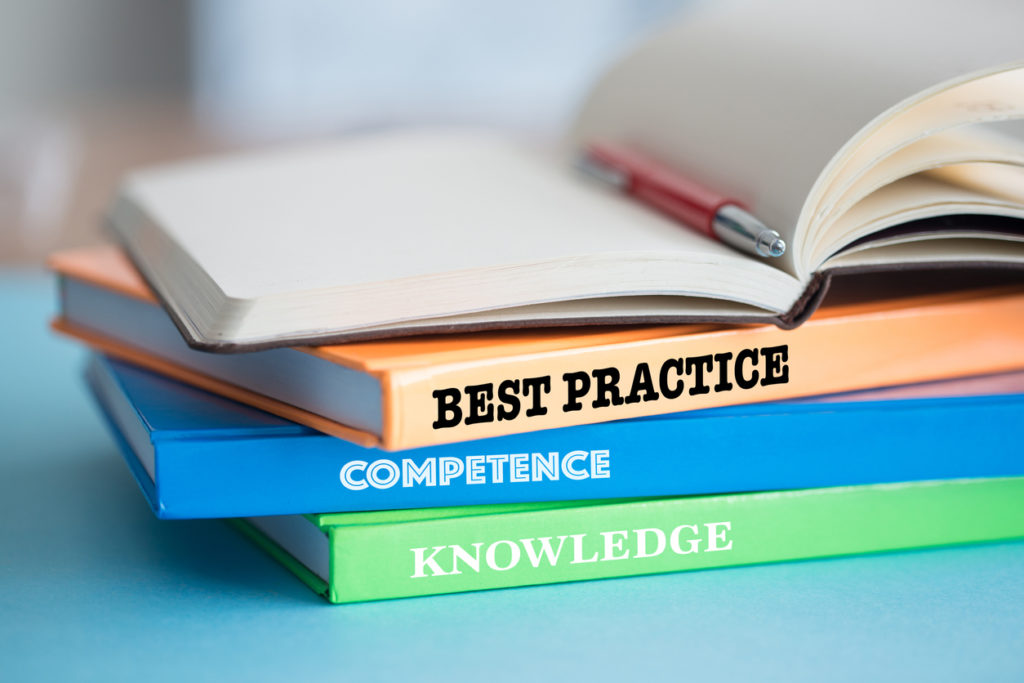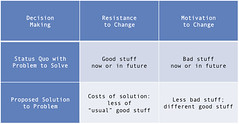
Picking the right meeting approach
Effective meetings are so important. But what’s the best meeting approach for your situation. Answers to certain questions will help you create better and more open decision-making processes,while also helping you create more effective and productive meetings.
An important reminder, if you have already decided which direction to go, or which course of action to take, do NOT ask for input.
It damages trust, wastes people’s time and is a dangerous manipulation. The questions below assume your decision-making intentions are genuine and without thought of manipulation of other people.
How fast must this decision be made?
If the building is on fire, you don’t need to call a meeting or get people’s input into the best way to leave. It’s an extreme example; however, some decisions don’t require input or a meeting. In these cases, make a unilateral decision, communicate it effectively and get on with it!
Who has the information needed to make the best decision?
The people with the information are the people who should be consulted, inside or outside of a meeting. This helps you determine not only how to make your decision, but who to invite to the meeting. If their input can be received independently, then a meeting may not be needed.
Who needs to be engaged in the conversation?
The more engagement, input and ownership that is required, the more likely that a decision with greater collaboration is required. Again, your answer to this question informs you on who to invite to the meeting and what to communicate to them about their role in the meeting. If you want their thoughts, help them come to the meeting prepared to give them.
How important is the buy-in or commitment of others to the success of the decision?
This is similar to the previous question, but goes beyond it in an important way. How big of a decision is this? How will people’s work and lives be impacted? The larger the impact, the longer the repercussions and overall the bigger the decision, the more input you may want people to have. People will buy into decisions when they have had more true input into them – even if the final decision isn’t the one they would have made independently. Yes, more time will be involved; the balance between time and the importance of the input is the big consideration here. Important note – remember before deciding to gain lots of input. If you have already decided . . . don’t go here.
What is the trust level amongst the team members and with the leader?
Simply put, if trust is high, more decisions can be made with less input (as long as the right information is considered). At the same time, if trust is low or non-existent engagement will be more difficult. When this is true, as a leader you have bigger concerns than just how you make decisions, yet how you make them will affect the future trust between you and your team.
These five questions will help you make more effective decisions by focusing first on how you will reach the decision, instead of only focusing on the decision itself.
Use these questions as a leader, and then once you are clear, let the team know how the decision will be made. Let them know if you want their input or not, and if so, how engaged in the decision-making process you need them to be. Taking these steps will help everyone be clearer and feel better about the decisions that get made.
Oh, and you will have more productive meetings too.
Related Articles
- Where are Company decisions made? (anamcgary.wordpress.com)

